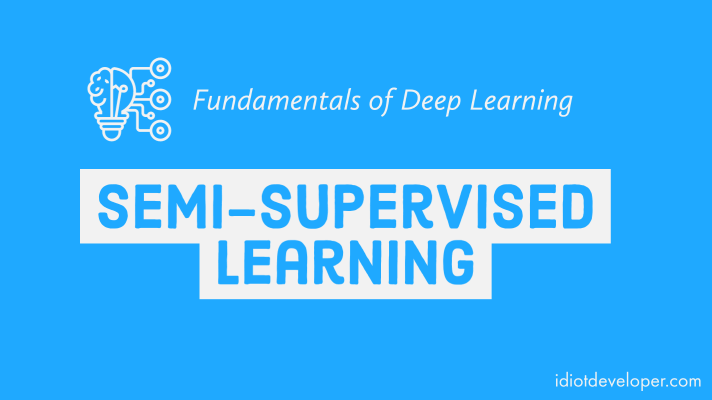Semi-supervised Learning – Fundamentals of Deep Learning
Semi-supervised learning is a type of machine learning where we use a combination of a large amount of unlabelled data and a small amount of labelled data to train the model. It is a hybrid approach between supervised learning and unsupervised learning. The basic difference between the two is that...



Hi Nikhil, Thanks for your dedications and explored very well. it is great helps to me. by Palani
ImportError: cannot import name 'load_data' from 'data' (C:\Users\Aravinda\anaconda3\lib\site-packages\data\__init__.py)
sir can you share a code of using squeeze and excitation network on custom CNN for a classification
Hey Nikhil, Very nice, to-the-point article on transfer learning. For a small size of dataset, an image augmentation along with…
Truly good blog short article and also valuable.